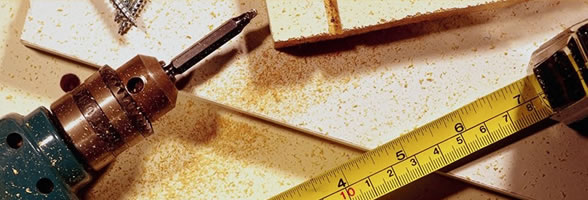
Cell Diversity
Tissue: group of similar cells modified to carry out the same functions
Two types: simple (one cell type), complex (more than one cell type)
Four types of plant tissue: dermal, vascular, ground, meristematic
- Dermal tissue - surrounds and protects plants, cells rectangular and living e.g. epidermis (also has cuticle a waterproof layer on surface that prevents water loss)
- Vascular tissue – transports materials, 2 types
- Xylem: hollow tubes, transports water & minerals from roots-stem-leaves. Also forms wood in trees
- Phloem: transports food from leaves to other parts of plant, plant made up of tube-like structures
Four types of animal tissue: epithelial, connective, muscular, nervous.
- Connective tissue – cells spread out in matrix, joins & supports other body structures e.g. bone, cartilage, blood (red blood cells, white blood cells, platelets suspended in matrix called plasma)
- Nervous tissue – made up of neurons (nerve cells) – carry electrical impulses to & from brain and spinal cord
Tissue Culture: the growth of cells in or on a sterile nutrient medium outside an organism
Tissue culture - group of cells
Cell culture – isolated cells
In vitro – growth outside body
In vivo – growth inside body
- Conditions necessary for tissue culture: absence of contaminating organisms, food vitamins and minerals, substances (e.g. hormones) to stimulate growth
Applications of tissue culture:
- Micropropagation: growth of large number of plants from small parts of a plant – advantage = produces genetically identical plants, inexpensive and fast
- Cancer research: special antibodies (monoclonal antibodies-MABs) tell if cells are cancerous
- Skin grafts: stem cells from bone marrow & umbilical cord to grow new skin
Organ: a structure composed of a number of tissues that work together to carry out one or more functions
E.g. root, stem, leaf, flowers, seeds, fruits, stomach, brain, liver, kidney, heart
Example of plant organ - leaf (has 3 types of plant tissues: dermal, vascular, ground)

Example of animal organ – heart
- Walls of heart – muscular tissue (cardiac tissue)
- Membrane – pericardium (epithelial tissue)
- Blood & numerous blood vessels (connective tissue)
- Controlled by neurons
Organ system: number of organs working together to carry out one or more functions
- Organ systems combine to form an organism
E.g. circulatory system - heart, blood vessels, blood, lymph vessels, lymph
Function: transport materials around body & fight infection
E.g. digestive system - mouth, oesophagus, stomach, small intestine, large intestine, anus.
Function: take food in, break it down & transfer digested food into circulatory system which carries it to all cells in the body
Biological organisation: cell – tissue – organ – organ system – organism
E.g. red blood cell – blood – heart – organ system – organism
